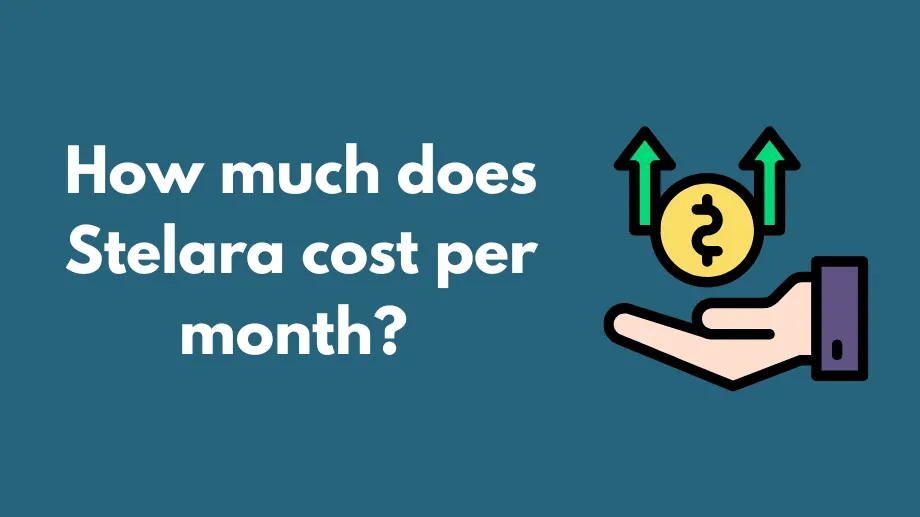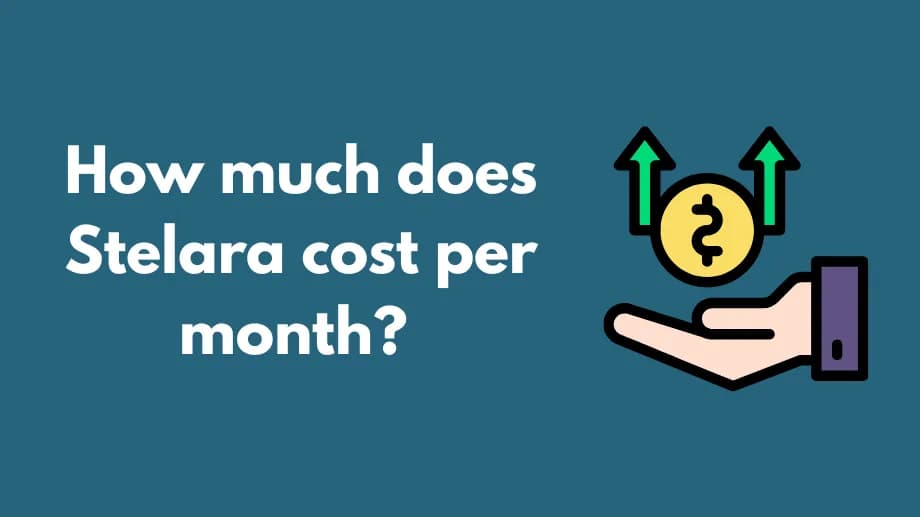How much does Stelara cost per month?

Stelara (ustekinumab) is an expensive brand‑name injectable medication used to decrease inflammation in conditions such as psoriatic arthritis, plaque psoriasis, ulcerative colitis, and Crohn’s disease.
The average cost of a 1 ml prefilled syringe of Stelara 90 mg/ml is over $49 000. Depending on the condition being treated, you will need 4 to 6 injections per calendar year, which translates to approximately $200 000 to $300 000 per year. Even with insurance, out‑of‑pocket costs can be high. On Medicare Part D or Medicare Advantage, copays after deductible range from $7 624 to $30 495 annually.
Ways to Save Money on Stelara
Health Insurance Plan
Choosing a plan that covers Stelara can be the most cost‑effective long‑term strategy. Visit the health insurance marketplace to compare coverage options and eligibility.
Patient Assistance Program
Janssen Biotech, Inc. offers the Janssen CarePath Savings Program and Stelara withME for eligible commercial insurance holders and uninsured patients. Participants may pay as little as $5 per dose, subject to annual benefit limits. Federal or state program beneficiaries (Medicaid, Medicare, TRICARE, VA) are not eligible. For details, visit Stelara withME.
Janssen also collaborates with independent co‑pay assistance foundations. Eligibility varies; visit Janssen CarePath for more information.
Medicaid
Low‑income individuals may qualify for Medicaid, which often covers Stelara. Check your state’s Medicaid office or website for eligibility criteria.
Prescription Drug Discount Cards or Coupons
Discount cards and coupons can reduce your out‑of‑pocket cost at participating pharmacies, even if you have a prescription drug plan.
Shop Around
Compare prices at local, mail‑order, and online pharmacies. Differences in pricing can save you hundreds of dollars per dose.
Alternative Medications
Discuss alternatives with your healthcare provider. Other biologic options include Humira (adalimumab), Dupixent (dupilumab), Cosentyx (secukinumab), Nucala (mepolizumab), and Fasenra (benralizumab). The biosimilar Wezlana (ustekinumab‑auub) may offer cost savings.
Stelara FAQs
What does Stelara treat?
FDA‑approved indications for adults:
- Moderate to severe plaque psoriasis (phototherapy or systemic therapy candidates)
- Active psoriatic arthritis
- Moderate to severe active ulcerative colitis
- Moderate to severe active Crohn’s disease
FDA‑approved indications for pediatric patients (6 years and older):
- Moderate to severe plaque psoriasis (phototherapy or systemic therapy candidates)
- Active psoriatic arthritis
How does Stelara work?
Stelara’s active ingredient, ustekinumab, is a monoclonal antibody that binds to interleukin‑12 (IL‑12) and interleukin‑23 (IL‑23), reducing inflammation by modulating immune response.
How do you use Stelara?
Your healthcare provider determines the dose and administration schedule. For Crohn’s disease and ulcerative colitis, the first dose is given via IV infusion, followed by subcutaneous injections every eight weeks. For psoriasis and psoriatic arthritis, administer subcutaneous injections at week 0, week 4, then every 12 weeks thereafter. Injection sites include the thighs, buttocks, or abdomen (avoiding a 2‑inch radius around the belly button); caregivers may use the upper arms.
What drug interactions are there with Stelara?
Inform your provider of all medications, supplements, and vaccines. Notable interactions include warfarin, cyclosporine, and live vaccines such as BCG.
What are the side effects of Stelara?
Common side effects:
- Runny or stuffy nose, sore throat
- Sinus infection, bronchitis, upper respiratory tract infection
- Injection site reactions, headache, tiredness, nausea, itchiness, vomiting
- Urinary tract infections, vaginal yeast infections
Other possible side effects:
- Back pain, dizziness, depression, muscle pain, diarrhea
Rare but serious reactions include severe allergic responses, increased infection risk (e.g., tuberculosis), certain cancers (including skin cancer), and neurological events such as posterior reversible encephalopathy syndrome (PRES). Seek immediate medical attention for symptoms like facial swelling, difficulty breathing, confusion, vision changes, or seizures. Report adverse effects to the FDA at 1‑800‑FDA‑1088 or www.fda.gov/medwatch.
Who should avoid taking Stelara?
Avoid Stelara if you have an allergy to ustekinumab or any inactive ingredients. Use caution if you have a latex allergy, as the syringe’s needle cover contains latex.
What should you tell your healthcare provider before using Stelara?
- Allergy to latex
- Upcoming or recent vaccinations (do not receive live vaccines while on Stelara)
- New or changing skin lesions
- Phototherapy treatments
- Allergy shots (may be less effective and carry higher reaction risk)
- Pregnancy or plans to become pregnant
- Breastfeeding or plans to breastfeed
How long can you stay on Stelara?
Stelara is intended for long‑term use. Duration is determined by your healthcare provider based on your response and condition status, with regular follow‑up evaluations.
What is the difference between Stelara and Remicade?
Both treat inflammatory conditions, but Stelara blocks interleukins (IL‑12 and IL‑23) and is administered via subcutaneous injection, while Remicade (infliximab) blocks tumor necrosis factor (TNF) and requires IV infusions in a clinical setting.
Related Medications
- Humira (adalimumab)
- Cosentyx (secukinumab)
- Dupixent (dupilumab)
- Fasenra (benralizumab)
- Nucala (mepolizumab)




